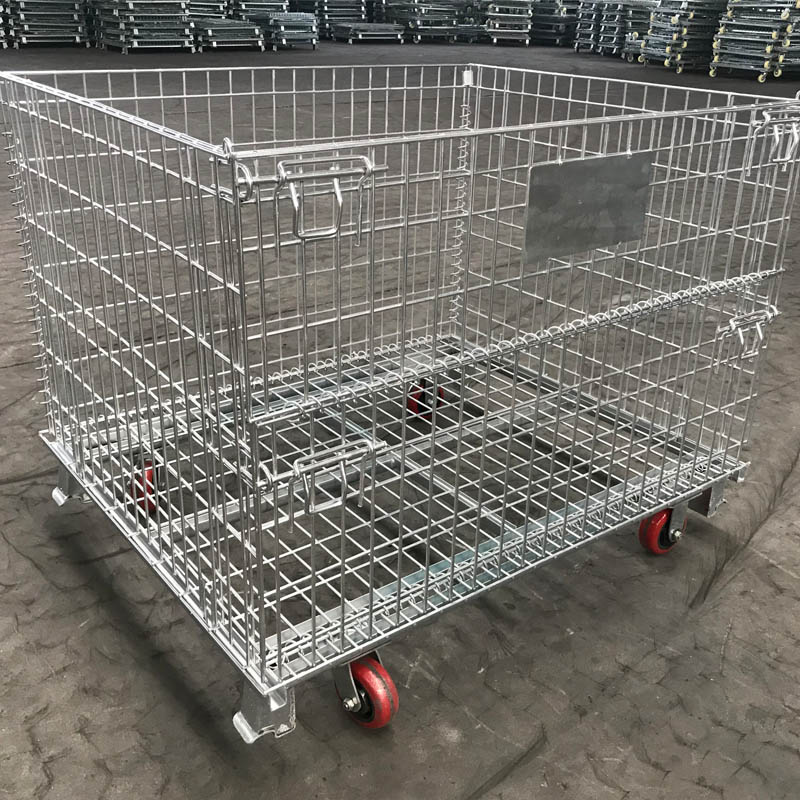
- Mobile Phone
- +8613931874955
- sales@cntcmetal.com
galvanized rib lath
Understanding Galvanized Rib Lath An Essential Component in Construction and Renovation
In the world of construction and renovation, ensuring the robustness and longevity of structures is paramount. One material that plays a crucial role in these processes is galvanized rib lath. This specialized form of lath is pivotal in providing a strong framework for plastering and rendering, ensuring that surfaces are both durable and aesthetically pleasing.
What is Galvanized Rib Lath?
Galvanized rib lath is a type of metal lath made from strips of steel that have been hot-dipped in a layer of zinc to prevent rusting. This galvanization process protects the steel from corrosion, making it suitable for environments exposed to moisture. The ribbed design of the lath enhances its strength and stability. The ribs create an interlocking effect with the applied plaster or render, ensuring that it adheres properly and distributes the weight evenly across the substrate.
The unique properties of galvanized rib lath make it superior to traditional forms of lath made from wood or other materials. While wood can warp, rot, or deteriorate over time, galvanized metal is resistant to these issues, making rib lath an ideal choice for both interior and exterior applications.
Applications of Galvanized Rib Lath
1. Plastering One of the primary uses of galvanized rib lath is as a supporting framework for plaster. When plaster is applied over rib lath, the lath provides a solid backing that helps the plaster stay in place and maintain its integrity. This is particularly important in areas prone to cracking or movement, such as high-traffic zones or seismic regions.
2. Render Systems Similar to plastering, rib lath is used in external render systems. The metal framework supports the render, ensuring that it adheres properly and provides a strong bond. This is essential in protecting the building from adverse weather conditions while also enhancing its visual appeal.
3. Interior Walls and Ceilings Galvanized rib lath is also employed in constructing interior wall and ceiling systems. It can be used to create a textured finish in commercial or industrial settings. The lath can be attached to various substrates, including concrete and masonry, to create a robust surface for finishing materials.
galvanized rib lath

4. Fireproofing In some cases, rib lath is used in fireproofing applications. When combined with certain fire-resistant materials, rib lath can help delay the spread of flames and protect structural elements in a building.
Benefits of Using Galvanized Rib Lath
The use of galvanized rib lath offers several advantages
- Durability The galvanized coating prevents rust and corrosion, significantly extending the lifespan of the material. This durability is particularly beneficial in harsh environmental conditions.
- Lightweight Despite its strength, rib lath is relatively lightweight, making it easier to handle and install. This can lead to reduced labor costs and faster project completion times.
- Environmental Considerations With a focus on sustainability in construction, galvanized materials can be recycled at the end of their life cycle, making rib lath an environmentally friendly choice.
- Versatility Galvanized rib lath can be easily cut to size and shaped to fit various architectural designs, making it adaptable for different projects.
Conclusion
Galvanized rib lath is a foundational element in modern construction and renovation projects. Its robust characteristics, coupled with its resistance to corrosion and ease of use, make it an invaluable asset for builders and contractors alike. Whether utilized for plastering, rendering, or as a structural component in fireproof applications, its versatility and durability are unmatched. As the construction industry continues to evolve, the importance of reliable materials like galvanized rib lath in ensuring the safety and integrity of structures cannot be overstated.
share:
-
Yard Sign Stakes: Reliable Guardians of Outdoor SignsNewsAug.04,2025
-
Wall Ties: Invisible Guardians of Building StabilityNewsAug.04,2025
-
Resilient Web: The Super Guardian Power of Concrete MeshNewsAug.04,2025
-
Masonry Accessories: A versatile assistant on building foundationsNewsAug.04,2025
-
Iron Binding Wire: the 'invisible reinforcement specialist' in the fields of architecture and industryNewsAug.04,2025
-
Dynamic Spring: The diverse functions and excellent performance of Wire Tension SpringNewsAug.04,2025
-
Your Source for Concrete Wall Ties and Masonry AccessoriesNewsJul.10,2025



















